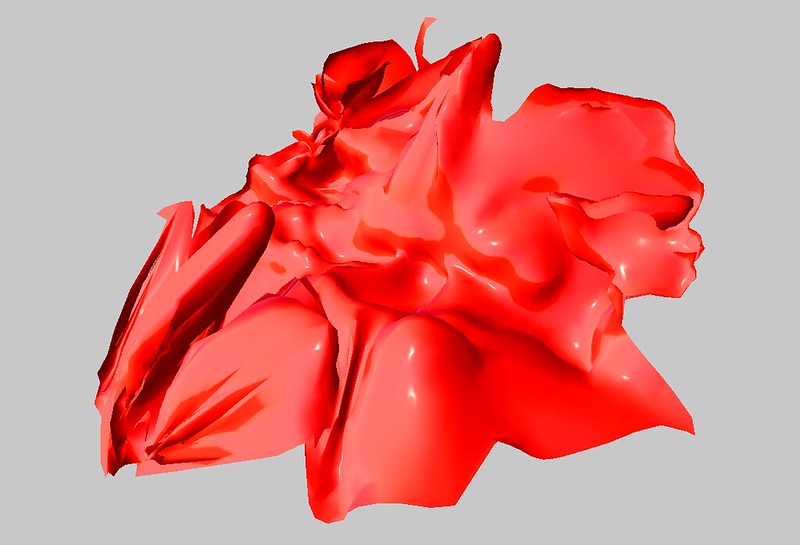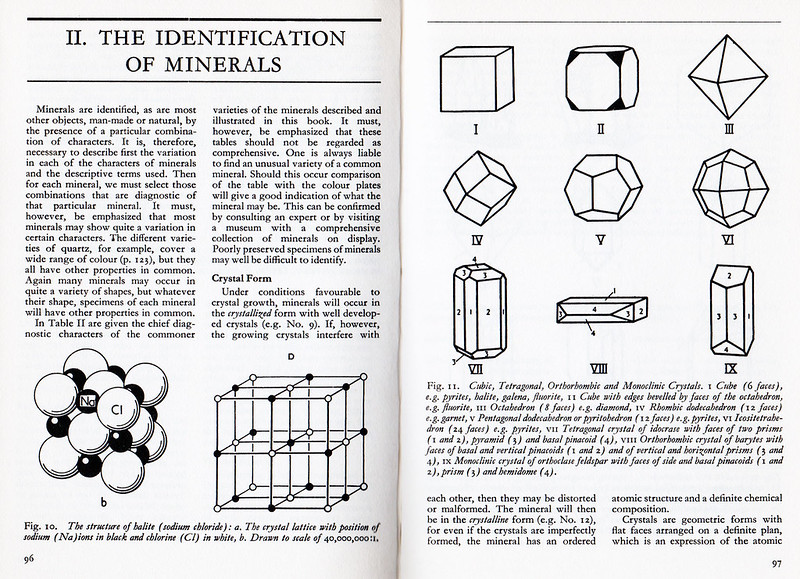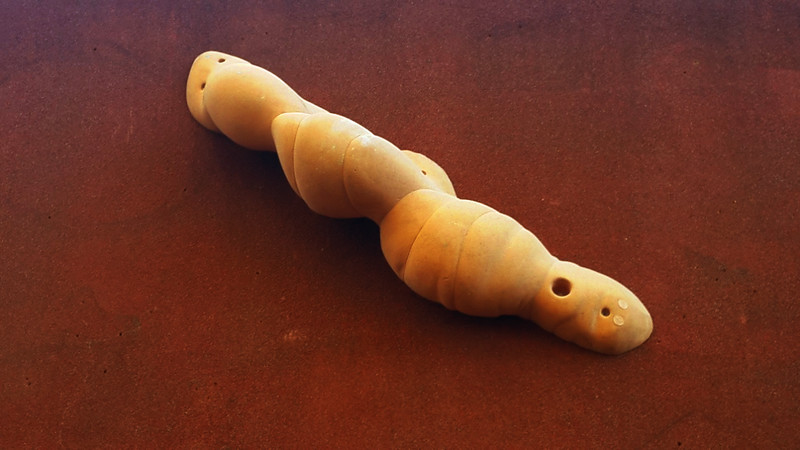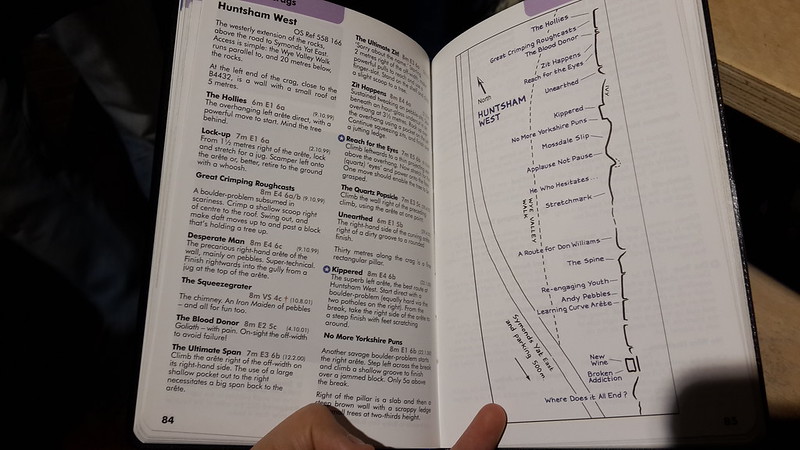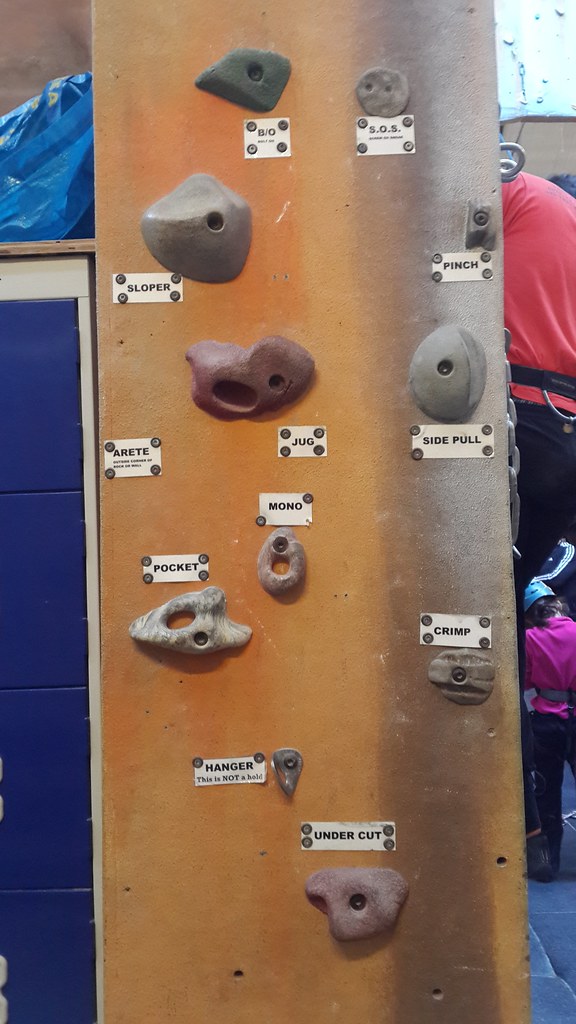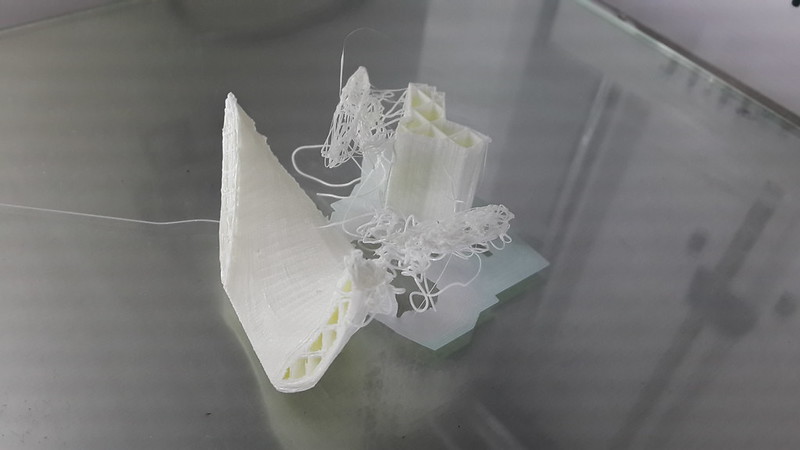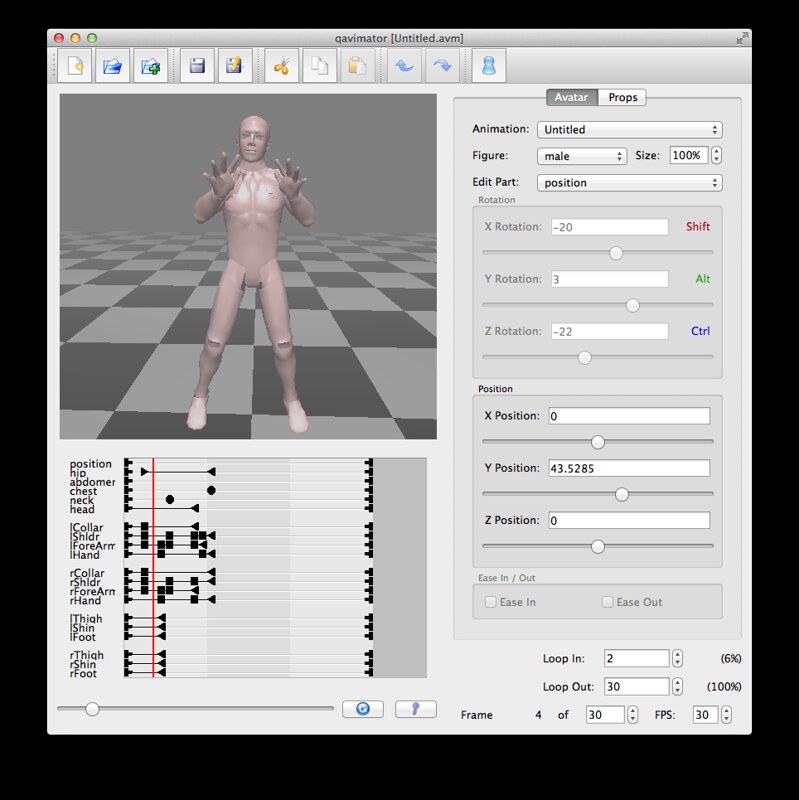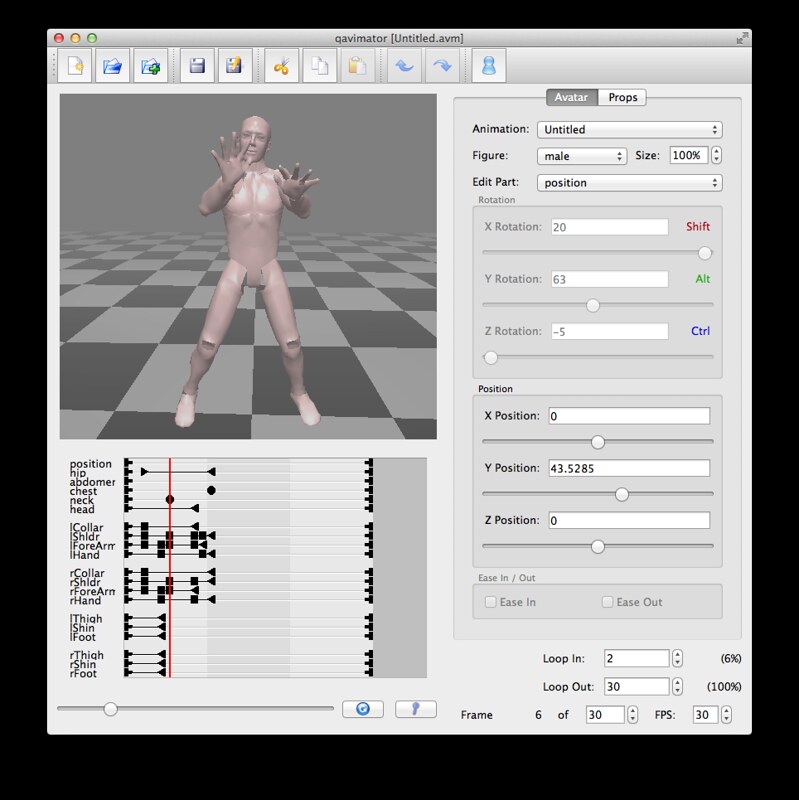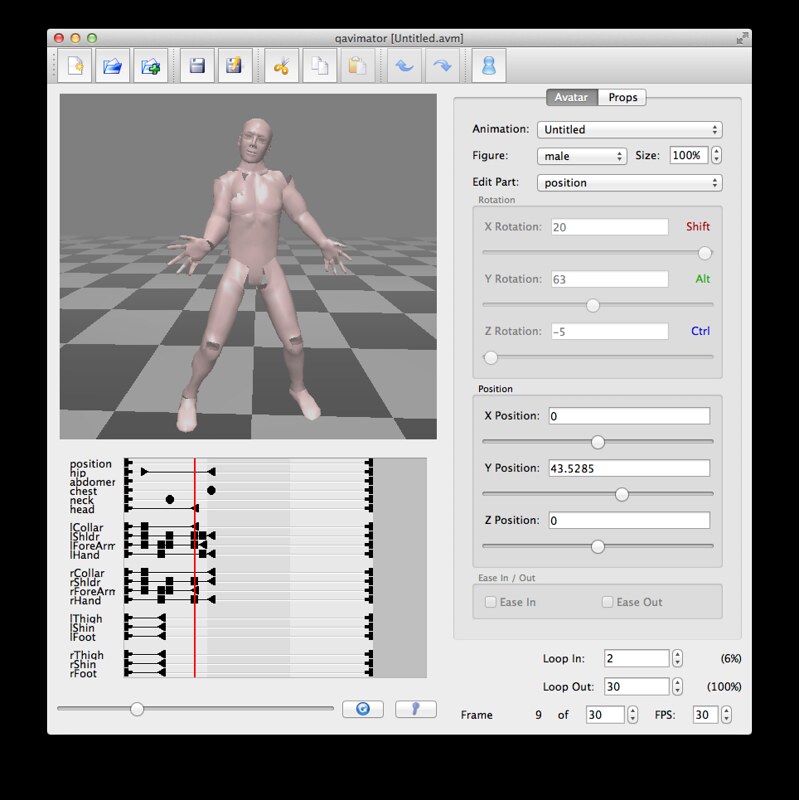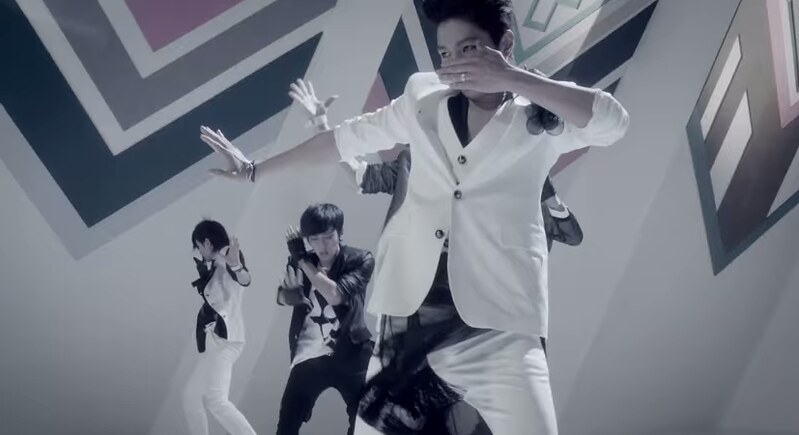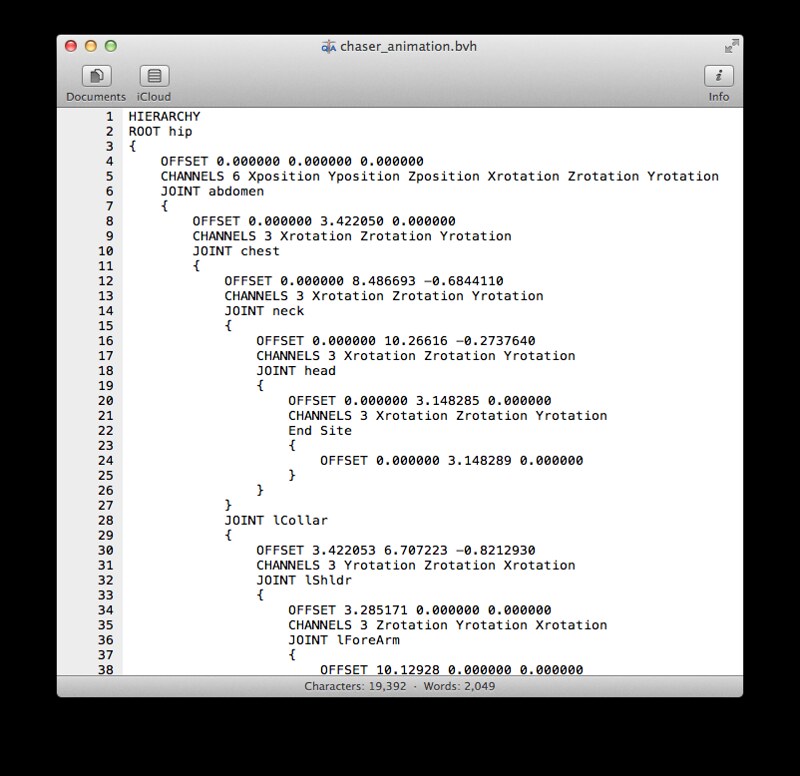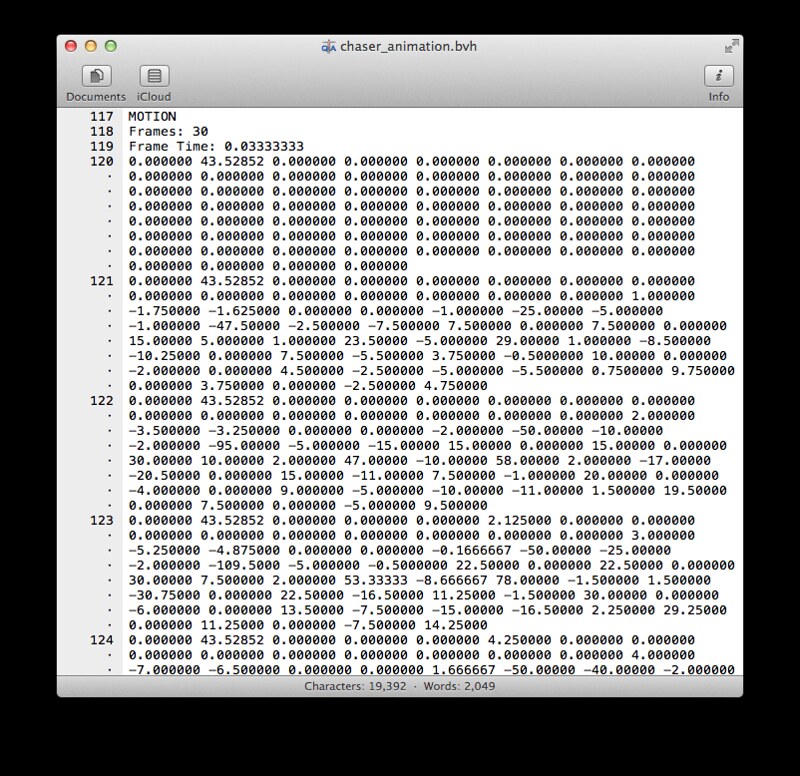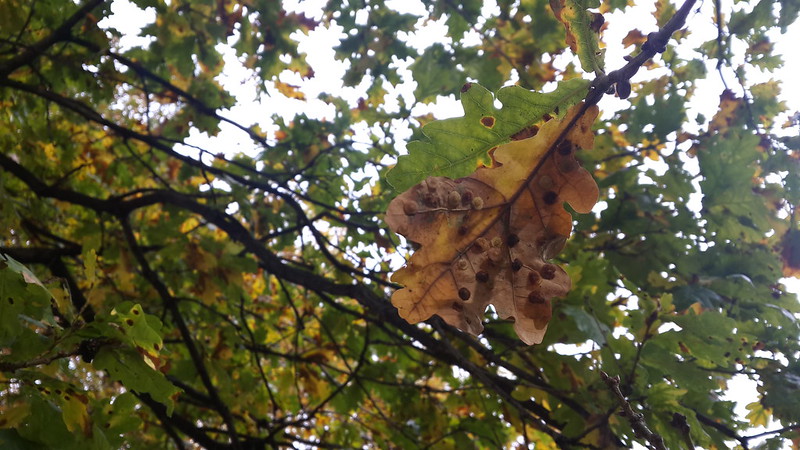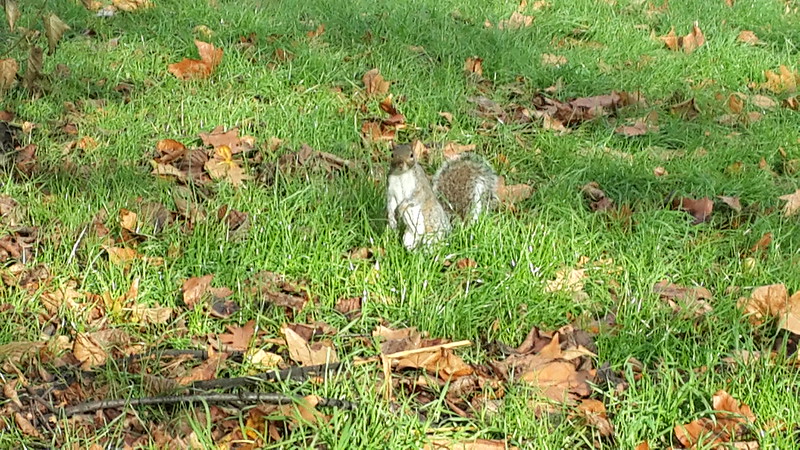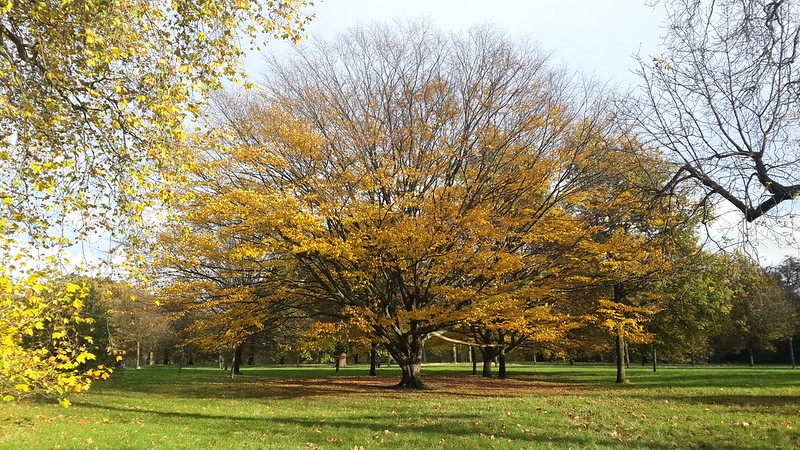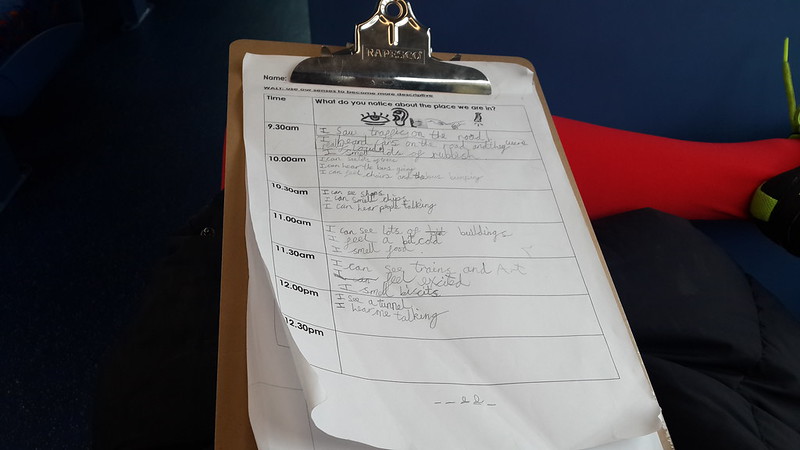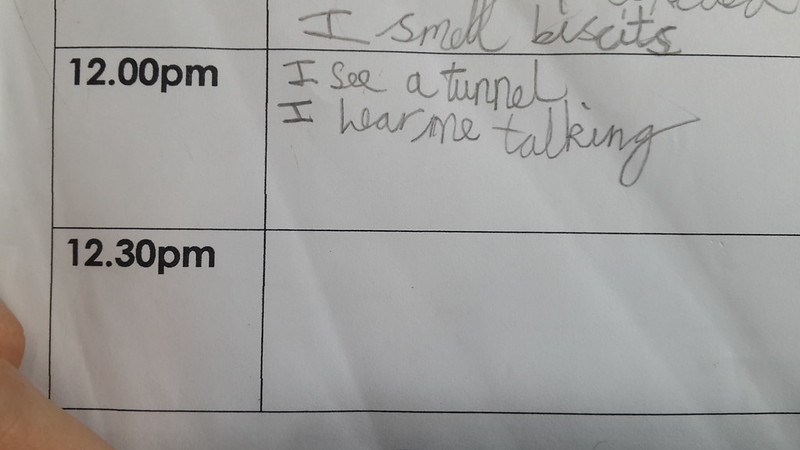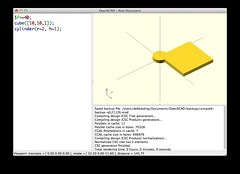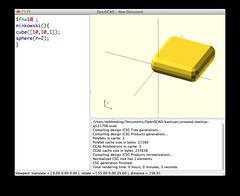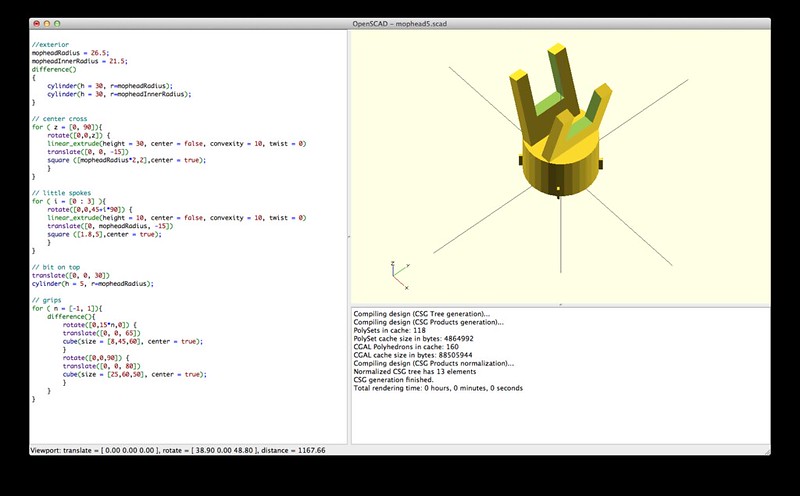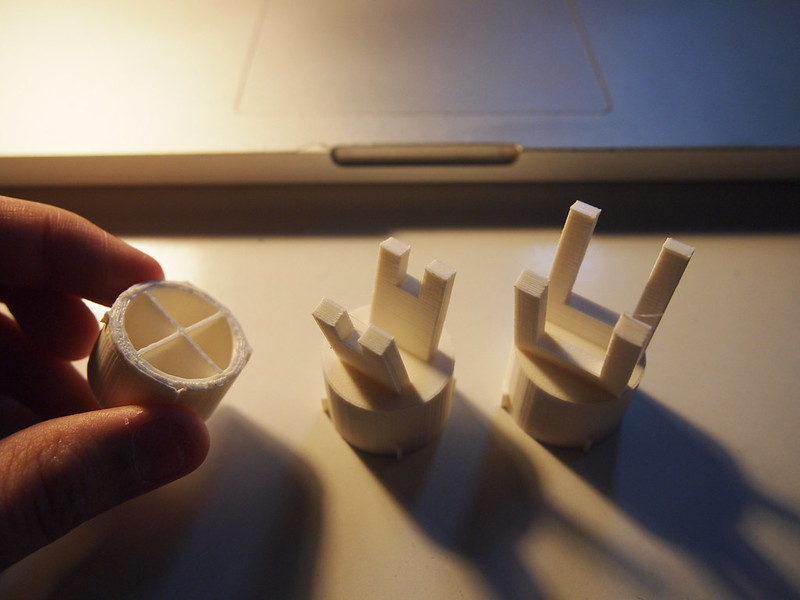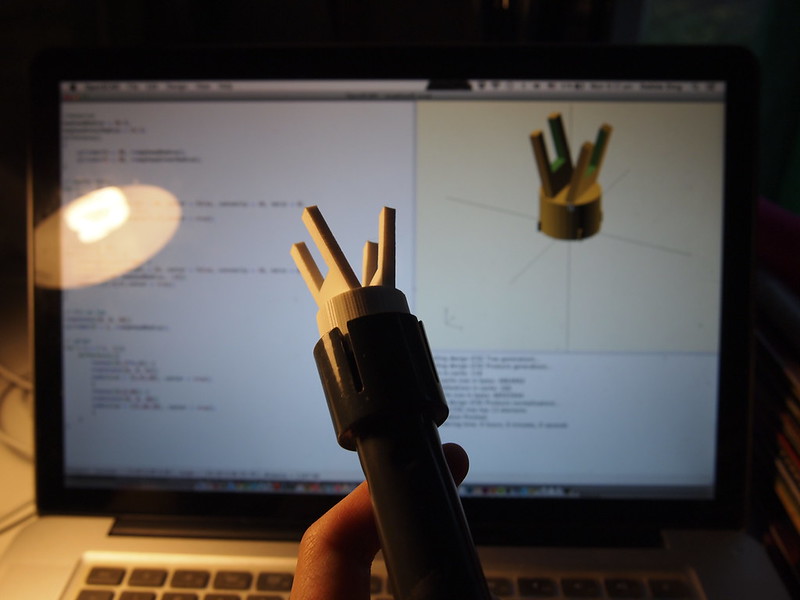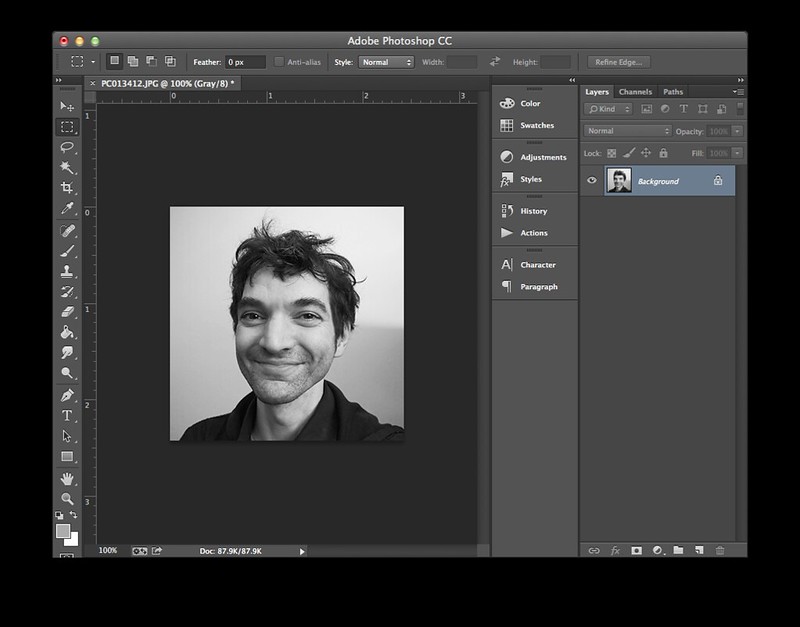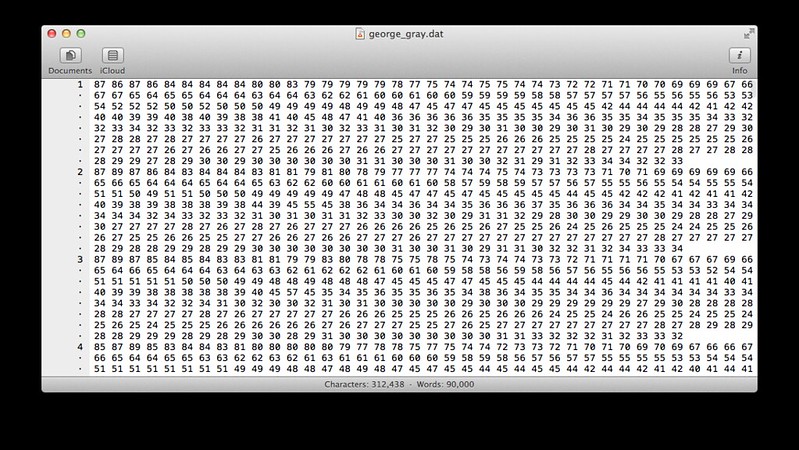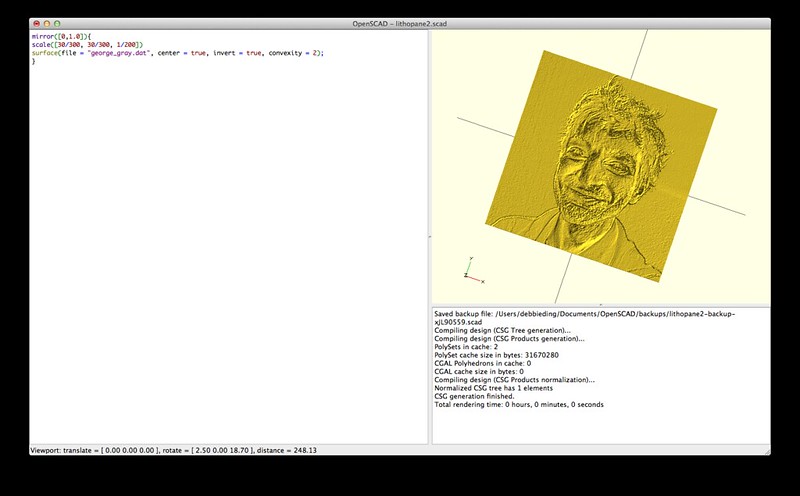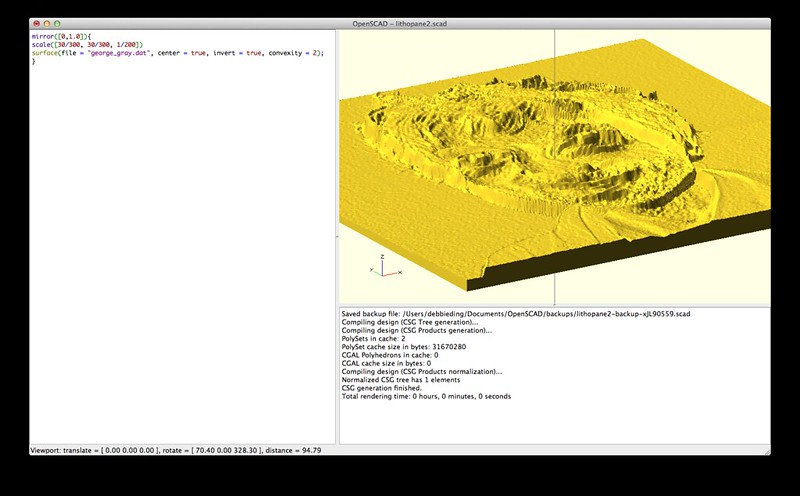
Bismuth from Flickr user cobalt123
The structural qualities of minerals is fascinating. On a personal level, I am attracted to rocks and geological features which are so orderly and angular that one imagines - that if the image were presented out of context - then one might just believe that it could be man-made, although in reality these shapes and forms are a product of nature. Like a artificial/man-made mine, in which square chunks are methodically hewn out, or dug out to form huge man-sized hollow hopper crystal structures in which humans could nestle within... To think of planets as petri dishes for life with their respective larder list of minerals and baking temperatures!...
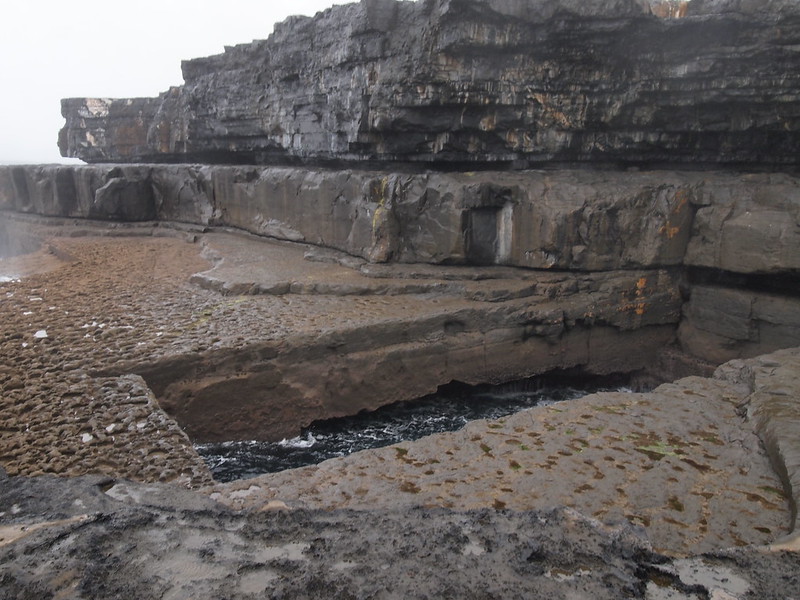
Here for example, this is the Pool of Serpents (Poll na bpeist) - a naturally formed olympic sized pool cut-out in the rocks of the Aran Islands, which I went to see last year. My wish list of places to visit in the coming spring includes Fingal's Cave on Staffa (Inner Hebrides, Scotland) with its hexagonally jointed basalt columns and the Delabole Quarry in Cornwall with its crazy steps of slate.
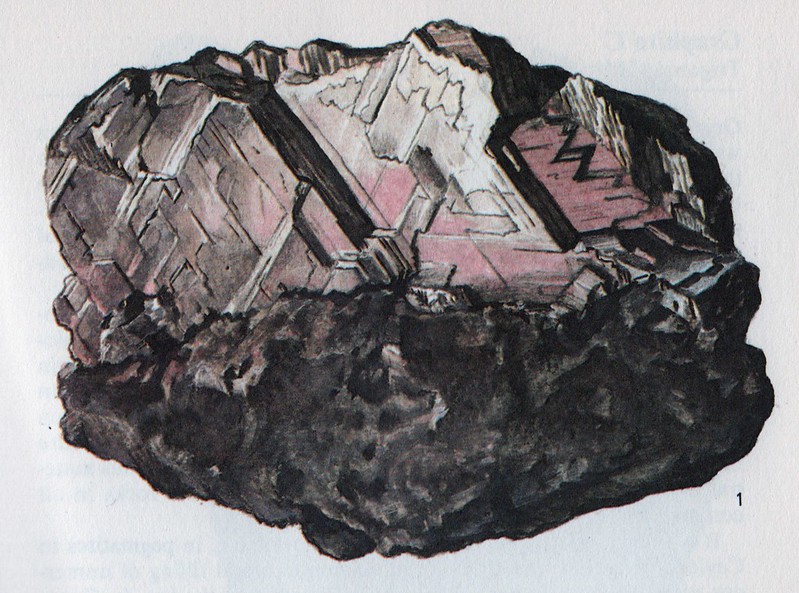
Naturally formed hexagonal Bismuth illustrated in my mineral book
The distinctive hollow stair-step crystals of the Bismuth are mainly the product of artificial processes - you can grow hopper crystals like these at home. The metallic iridescence comes from a thin layer of bismuth oxide causing light scattering.
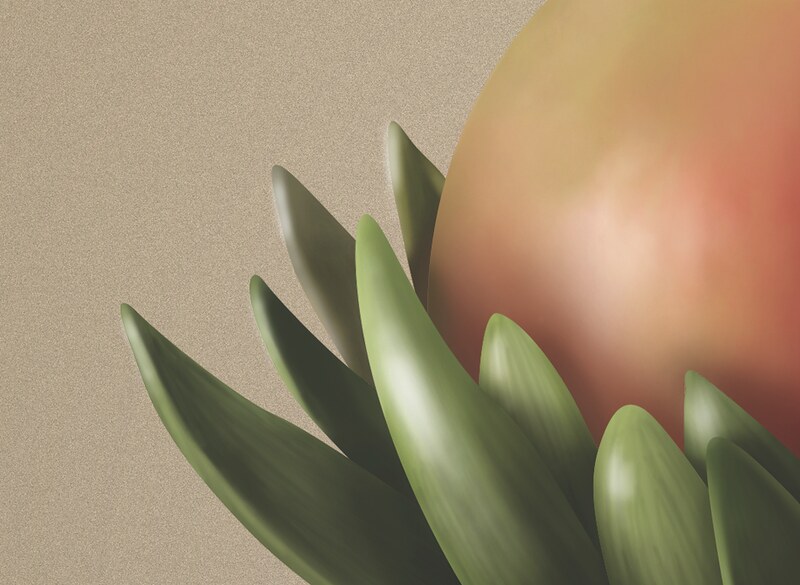
Who doesn't like shiny things? In my own digital paintings, I found that painting in some "shine" with pin-points of white light (like a 3D model) give an image a realism/fakeness to them. I would make latex clothing if I had the resources to or if I were more inclined to doing something fashion related (as it were, I do intentionally avoid having to think too hard about clothing as I think time can be better spent on other things). But I enjoy looking at glossy and shiny materials, and I don't understand why it has an image of being "kinky".
Perhaps I was born in the wrong time, and I think a skin-like rubber material like latex has an interesting shine to it and as a material for clothing it is more representative of the times. The question of how latex became kinky is something I shall have to look into further some other time, but to go on with the story...
So this morning I continued experimenting with Meshmixer. I had drawn an imperfect klein surface and was hoping to figure out how to edit its shaders to make it less or more "shiny".
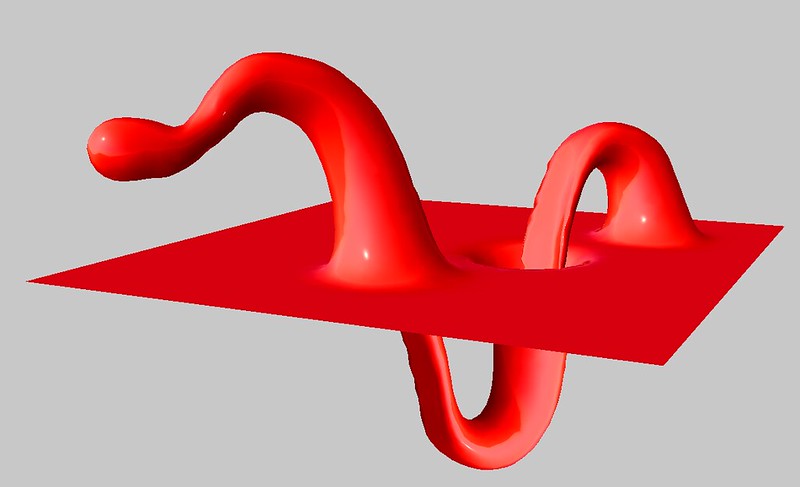
(I do apologise for this poor approximation of a klein surface - with a red "rubber" shader)
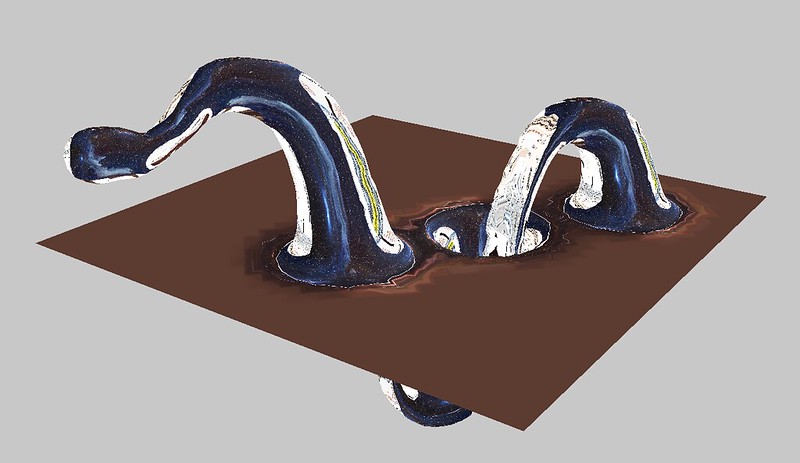
Next, I dropped in a jpg of the Witch Head Nebula which I had cut down in size into a “shader". This was the somewhat unexpected output...
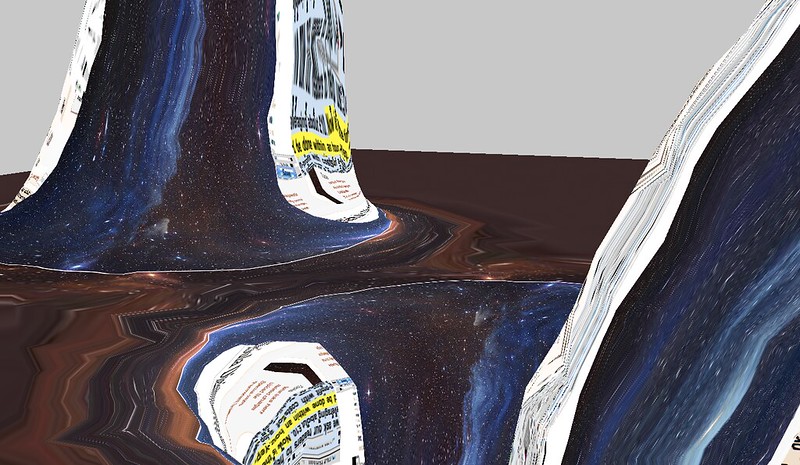
I realised... that's not just the shader. That's the shader... and the wikipedia page it came from!
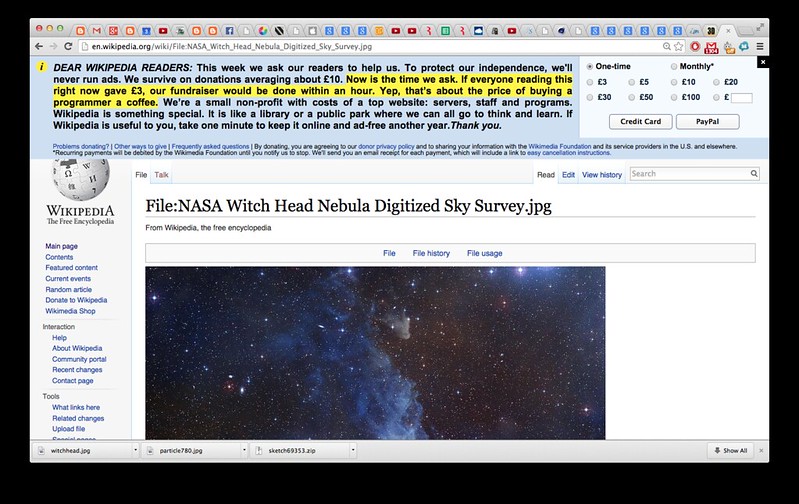
Wikipedia browser window underneath Meshmixer window
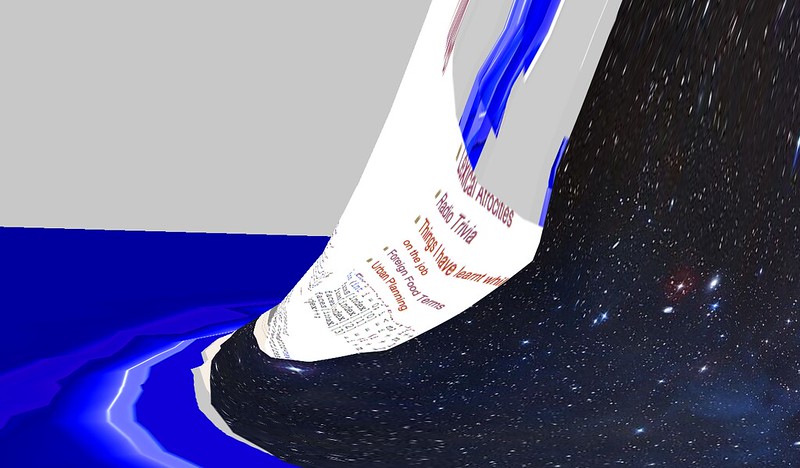
Looking more closely, I realised it was not only the image of the nebula; it was also reflecting other things I had recently accessed on my computer - there was my personal wiki on another browser window and some processing code I was looking at in a text editor! There were also glimpses of a generative snowflake I was coding up in openSCAD, turned blue instead of yellow.
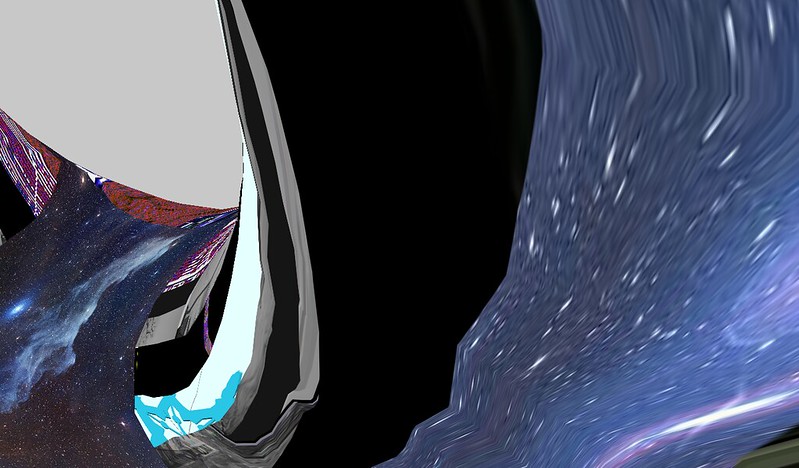
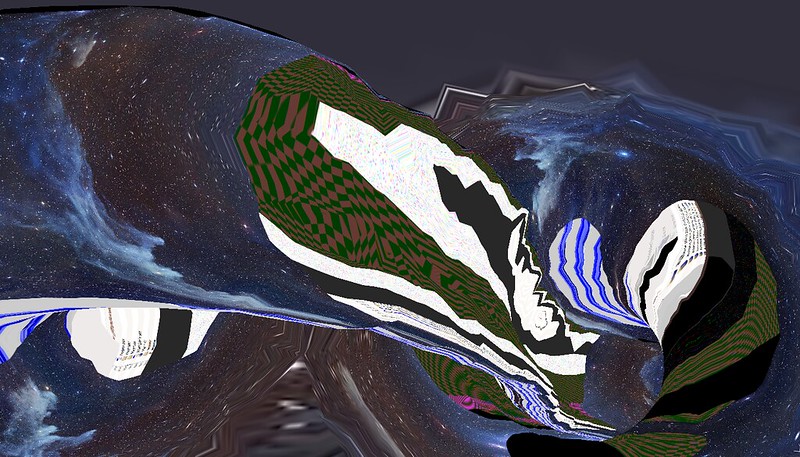
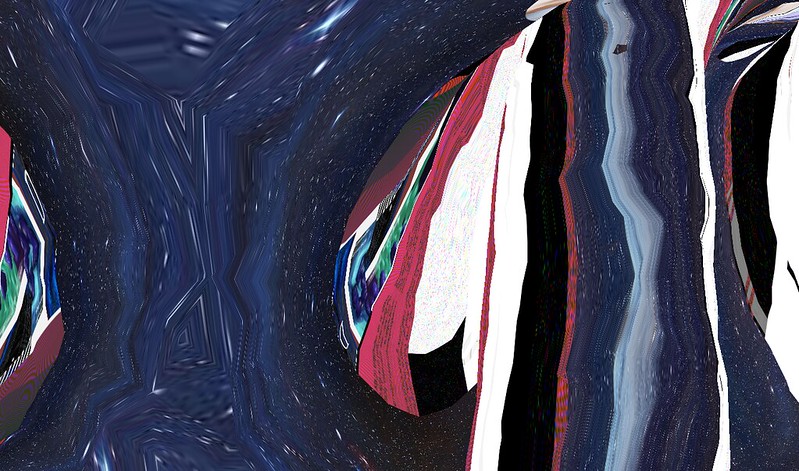
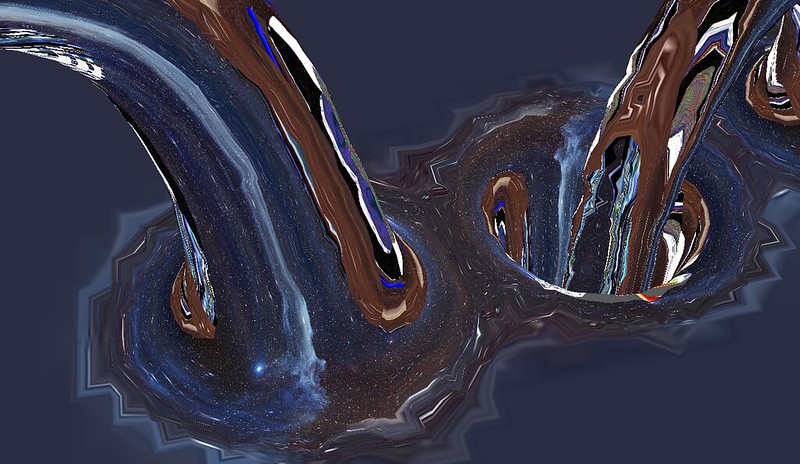
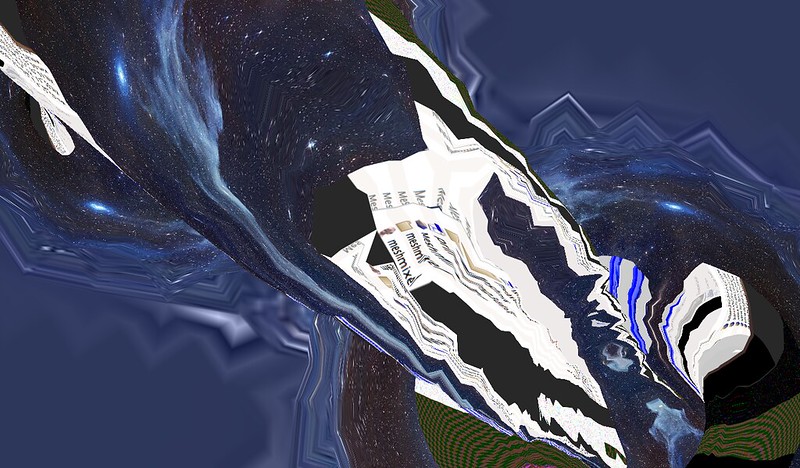
Congratulations to my mac and meshmixer for producing its own imaginative rendering of the 5th dimension before I could do so myself. I guess I'll have to catch up with it by producing my own visualisations...
